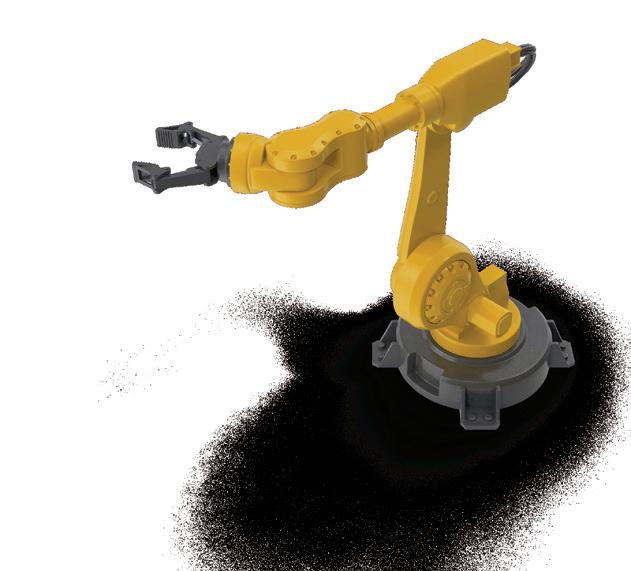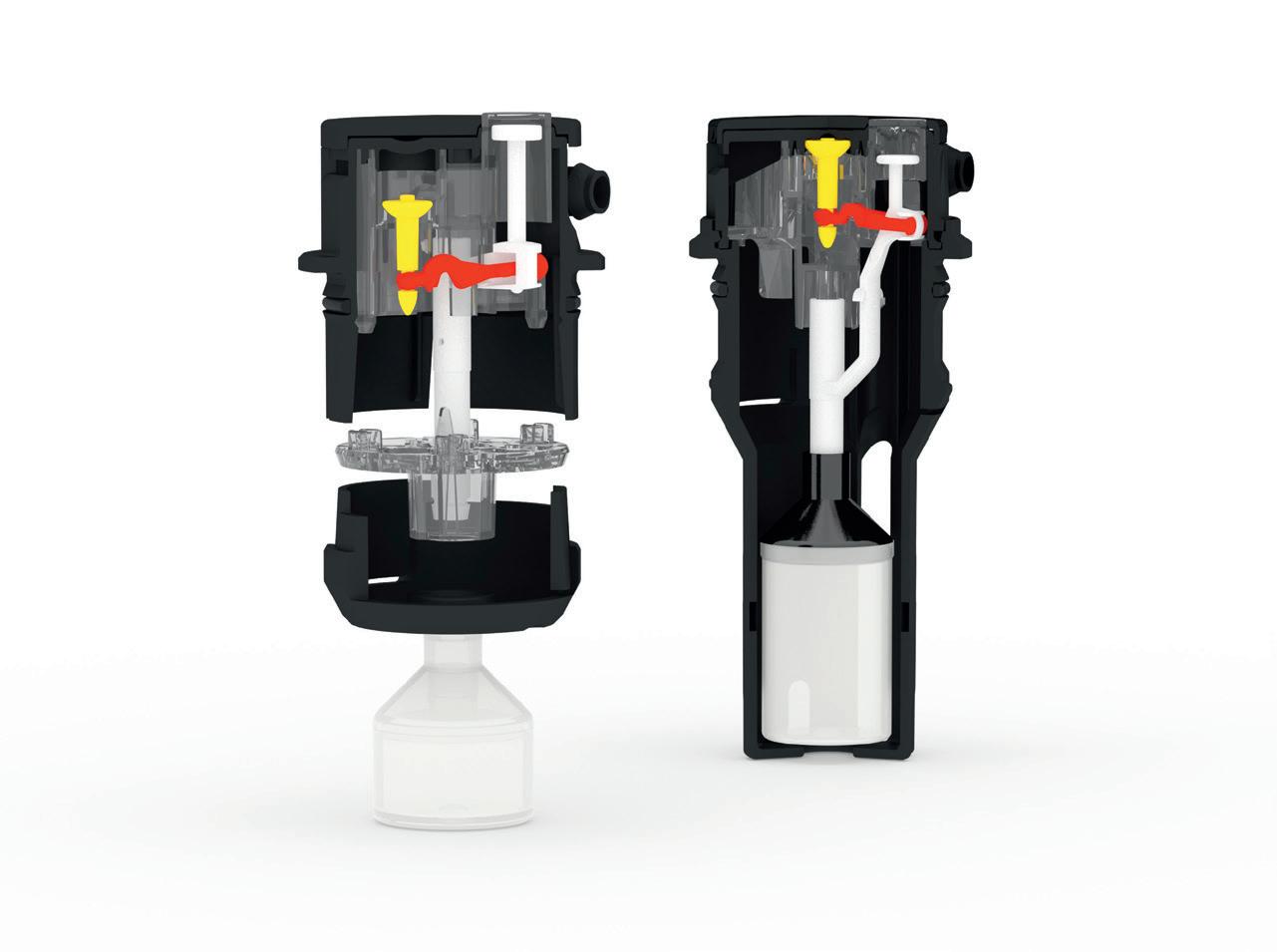
9 minute read
Tried and tested Improved inside
Our genuine system - your first choice
• Highest quality
• Constant improvement
• Excellent performance
• Reliable service sulfation during fast discharging and positive electrode grid corrosion restricts their further advancement. This presentation addresses lead carbon (fibre) composite plates with 100% Pb coverage on a monolithic and flexible carbon cloth. Experimental results show that the success of plates prepared by hot pressing oxidized carbon fibres is close to 100%.
Over 40 years of developing and perfecting battery filling products allow us to provide you with the most reliable system focusing on innovation and usability – a valuable contribution to an extended battery lifetime.
1.30 pm-1.55 pm
Automating GEL Circulation Technology for Continuous Processing
KD Merz — VP Technology, Abertax Technologies, Malta
Gel Circulation Technology is the latest and most efficient process to change flooded lead-acid batteries to VRLA products. It makes both acid drainage and time-consuming vacuum filling obsolete and results in a better product quality. The first installation of such a system was six years ago and is now used by some major battery manufacturers. The latest development of this well proven technology has been the move from batch process to a continuous operation. The main advantages are: (i) no time limitation to connect cells to the system, (ii) no preparation of the Gel mix before starting the circulation process, (iii) continuous and time-independent connection and circulation of cells. This presentation describes this improved process compared to the standard ‘two shot’ and batch circulation in terms of efficiency and costs.
1.55 pm-2.20 pm
Thin Tubular Lead acid Battery Technology (Flooded & amp; Gel) – Workhorse for Long-Life Residential Energy Storage: Back-up Power with/without Solar in India, Africa. and the Middle East
Amlan Kanti Das — Senior Vice President, Battery Operations & R&D, Luminous Power Technologies, India
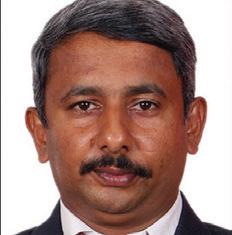
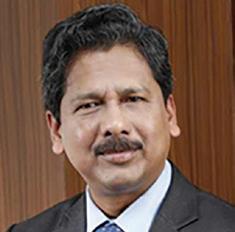
The lead acid battery is one of the longest-serving battery types in the energy storage market. Characteristics such as being less expensive, having higher recyclability percentage than rival battery technology, and ability to cope with sudden thrust for higher power have been major factors driving their adoption across various application sectors. With the Governments’ policy support and less cost of power generation, accordingly, as shown by market reports, the demand for household energy storage systems is growing worldwide.
Commonly, AGM VRLA batteries have been used widely in South and South-East Asia and Africa homes for backup energy storage from solar systems. Although these batteries are maintenance-free, poor cycle-life is insufficient to meet user requirements. Similarly in Indian, battery markets for home application in urban, rural, and semi-urban areas must be categorized and customized according to their energy needs.
2.20 pm-2.45 pm
New Modular Machine Design for Production Lines
Michael Wipperfuerth — Vice President Sales, CMWTEC Technologie GMBH, Germany

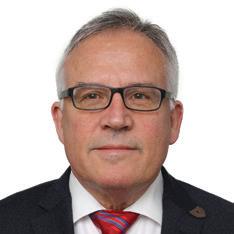
Machine reliability is the most important feature in a production line. In addition, nowadays the requirements for user-friendliness and ease of maintenance are becoming increasingly important to ensure reliability. This presentation details a new generation of machines that meet the requirements for userfriendliness, ease of maintenance, and a low spare parts inventory.
2.45 pm-3.10 pm
Innovative Separators for Extending Deep-Cycle LeadAcid Battery Performance: HiSep Endura
Mahadevaswamy Kodimole
Mahadevappa — Senior Scientist, Hollingsworth and Vose, India
Hi-Sep Endura is an innovative separator that has been developed to meet the challenging demands of lead-acid batteries in deep-cycle applications.
This presentation will show how the product is designed to withstand the extremely harsh conditions associated with charge and overcharge, deep discharge, high current charge (fast charging), and water top-up anomalies.
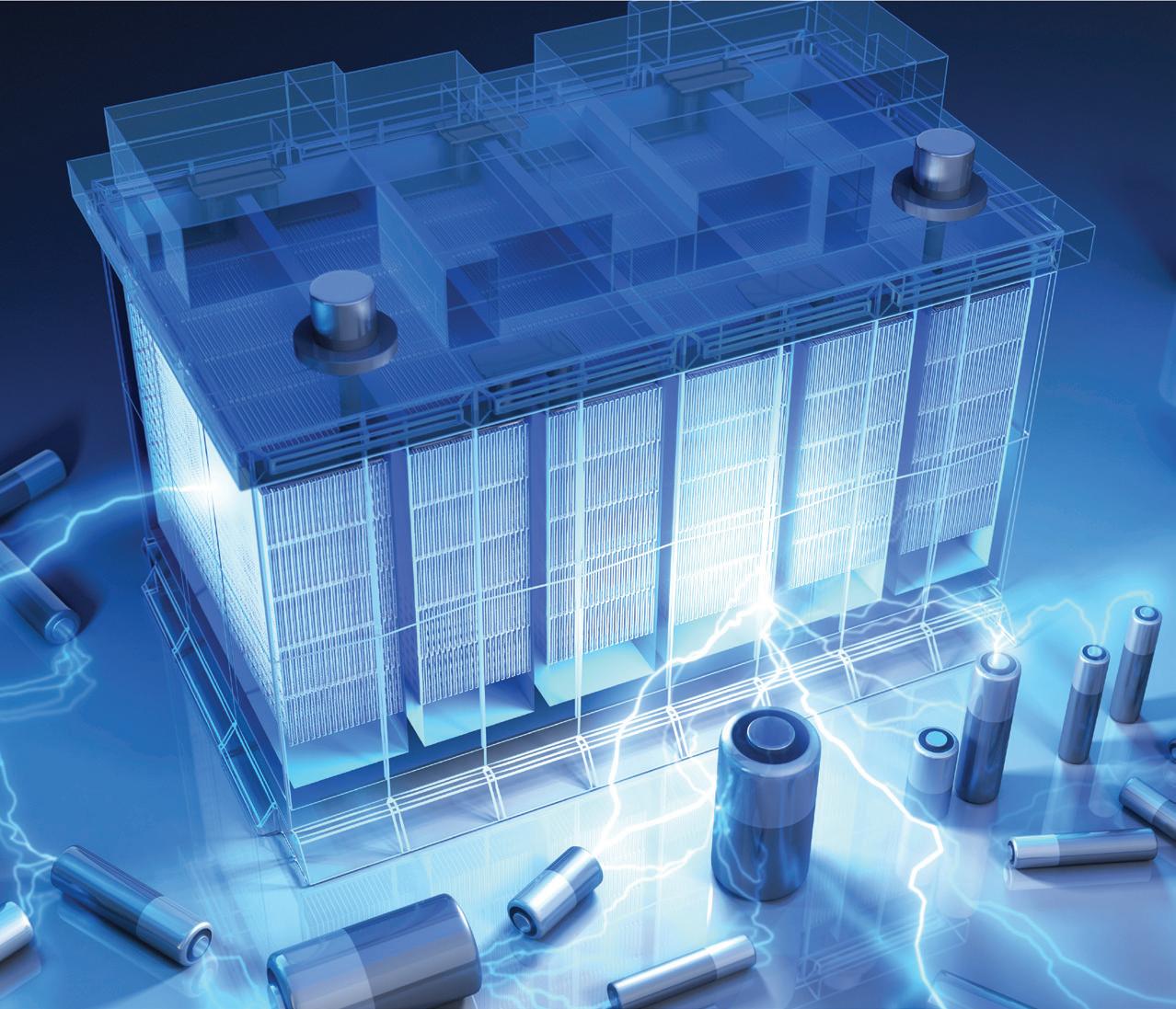

3.30 pm-3.55 pm
Impact of Lead acid Battery Cell Imbalance on Pack Performance for e-Rickshaw and Telecom Applications
Sundar Mayavan — Principal Scientist, CSIR- Central Electrochemical Research Institute, India
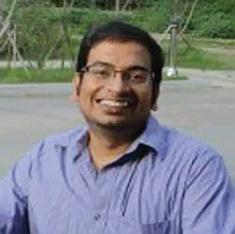
Lead acid cells or batteries are often grouped to form battery packs that deliver a higher voltage and capacity for various applications. This presentation investigates two of those applications, the e-Rickshaw and telecom, and the effect of battery cell imbalance in the typical 48-volt battery pack.
3.55 pm-4.20 pm
Utilizing High-Energy X-Ray Imaging for Investigating Lead acid Battery Electrodes
Chad Stone — PhD Student, Swinburne University of Technology, Australia • Peter Mahon — Senior Lecturer, Swinburne University of Technology, Australia • Rosalie Hocking — Senior Lecturer, Swinburne University of Technology, Australia • Russell Newnham — Chief Scientist, Electric Application Inc., Australia • Anthony Hollenkamp — Principal Research Scientist, CSIRO, Australia
The application of high-energy X-ray in-situ or in-operando imaging has proven to be a useful tool in the study of secondary battery electrode materials, particularly in Li-ion and Li-S batteries. However, the potential benefits of these techniques for lead acid battery research have not been fully realized. This presentation reports the effectiveness of using custom-made cell designs paired with high-energy synchrotron X-ray transmission imaging in investigating the inner workings of lead acid battery electrodes.
This presentation reports the effectiveness of using custommade cell designs paired with high-energy synchrotron X-ray transmission imaging in investigating the inner workings of lead acid battery electrodes.
4.20 pm-4.45 pm
Electrochemical Evaluation of Pb-Ca-SnSr alloy for Positive Grid of Lead acid Battery
Ali Alagheband Hosseini — Technical Manager, Sarv Sanat Toos (SST Co.), Iran

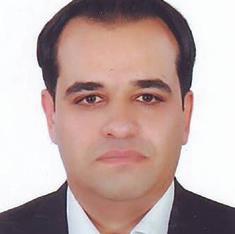
High content of calcium in a Pb-CaSn alloy causes premature capacity loss, while reducing its content brings about losing hardness and casting ability. This issue can be solved by using strontium as the fourth element in the positive grid alloy. In this study, we prepared four different alloys with Sr contents of 0.012% to 0.060% and the same Ca and Sn values for comparison with a reference sample without Sr. Cyclic voltammetry, potentiostatic coulometry electrochemical impedance spectroscopy and hardness tests were conducted on all samples.
4.45 pm-5.10 pm
Existing Situation Analysis of Intelligent Equipment and Intelligent Manufacturing of Storage Battery
Alex Huang — Technical Director, Better Technology Group Limited, China

With the implementation of the development concept of Industry 4.0 and the continuous promotion of the goal of Made in China (MIC) 2025, large-scale enterprises in China’s battery industry have moved forward to truly realize the goal of an intelligent plant.
The penetration rate of intelligent manufacturing in China is increasing rapidly, and the application scenarios are gradually expanding. After over 10 years of development that relied on the mature battery technology, the intelligent equipment in China that really meets the needs of the industry is constantly innovating.
With the implementation of the development concept of Industry 4.0 and the continuous promotion of the goal of Made in China (MIC) 2025, large-scale enterprises in China’s battery industry have moved forward to truly realize the goal of an intelligent plant.


Friday September 8
9:00 am-9:25 am
New Methods to Extend Service Life of Lead acid Batteries in Stationary Energy Storage and Deep Cycle Applications, and Increase their Total Energy Throughput
Boris Shirov — Senior Battery Lab Manager, WaveTech
WaveTech Group is offering an innovative approach for enhancing lead acid battery power performance — called Crystal Control Technology. It is based on providing a periodic electric signal to batteries under charge. The signal is generated by an electronic device (BEAT ) connected to the battery. The BEAT is a selfmanaging microprocessor-based unit which can be powered by the battery or by externally by any charger. CCT helps increasing the reversibility of the electrochemical charge and discharge reactions, and thereby extends service life and increased capacity.
This presentation will share the following new results from extensive laboratory and field tests.
9:25 am-9:50 am
The First Step to Developing the Next Generation Lead-Acid Battery: Positive Paste Structure
The research undertaken investigated the interaction of lignosulfonate expanders
Enqin Gao —
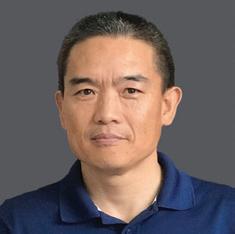
Director
of R&D, Hammond Group Inc., USA
In this presentation, the crystal structure of the cured positive paste is evaluated to understand improving the impact on performance. This includes positive plates with the following paste: regular 3BS paste, steamed-cured 4BS paste (not seeded by 4BS crystals), cured-seeded 4BS paste, and cured paste seeded by chemically treated 4BS paste. Full characterization of cured and formed positive active material has been undertaken with XRD, BET, SEM, Helium Pycnometry, Mercury Porosimetry, Simultaneous Thermal Analysis (TGA/DSC), and wet chemical (PbSO4, PbO2).
9:50 am-10:15 am
Assessment of Carbon/ Lignosulfonate Interactions on Lead Battery Performance in the Absence of Cold-Crank Constraints
Carter Abney — Technical Application Manager for Batteries, Borregaard USA


• Tim McNally — Senior Strategic Advisor, Borregaard
It is well known that battery compositions must be optimized for their target applications, as improving one performance metric generally has a negative effect on others. To these ends, Borregaard has previously used ‘Full Factorial Design of Experiment’ approaches to explore the effect of carbon in lignosulfonate ratios on the performance of lead batteries. Thereby, identifying optimal ranges to afford a balanced performance portfolio. Consequently, this permits reevaluation of the optimal carbon to lignosulfonate ratio for batteries that will not be employed in SLI applications and allows for greater priority to be assigned to chargeacceptance. The research undertaken investigated the interaction of lignosulfonate expanders — Vanisperse A and Vanisperse DCA — with eight commercially available carbons.
— Vanisperse A and Vanisperse DCA — with eight commercially available carbons.
10:15 am-10:40 am
CBI Technical Program
Begüm Bozkaya — Technical Manager, Consortium for Battery Innovation, Germany
Consortium for Battery Innovation has developed a technical program to advance the lead battery technology to deliver reliable, safe, cost-efficient, and sustainable batteries. The technical program focuses on energy storage systems, 12V automotive batteries and motive power applications to improve the lifetime, charge acceptance/recovery and energy throughput of lead batteries.

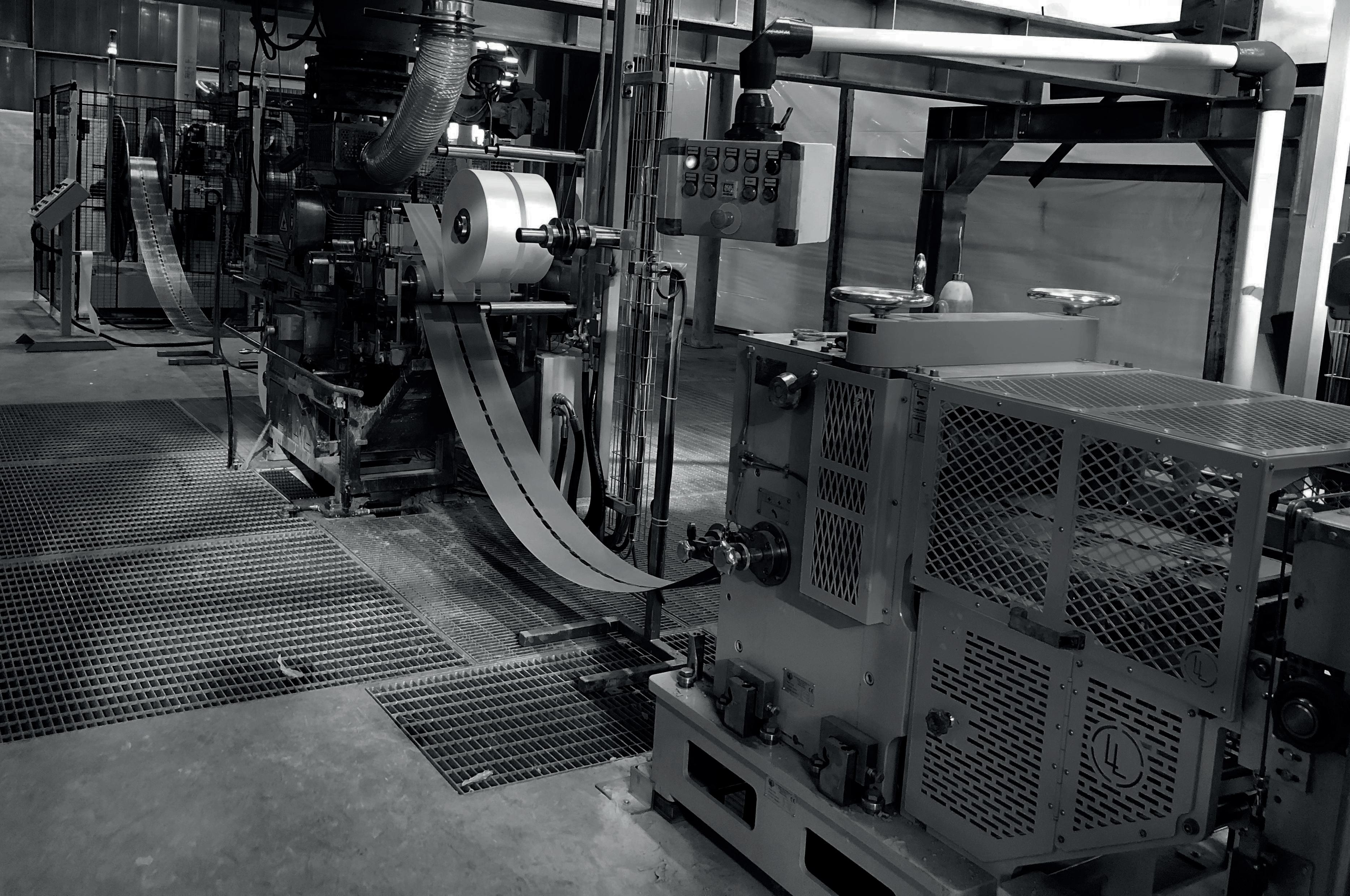
11.00 am-11.25 am
Contemporary Applications for MOLECULAR REBAR Products
Paul Everill — Chief Technology Officer, Black Diamond Structures, USA


The lead-acid battery industry is changing, and Black Diamond Structures intends to support the transition from a heavily automotivefocused industry to a more general energy storage market. In our presentation, we will share new data from manufacturers deploying MOLECULAR REBAR detangled carbon nanotube products in application spaces that are predicted to grow strongly in the next five to10 years.
11.25 am-11.50 am
Advanced Red Lead and its Benefit for the Lead Acid Battery Formation Process
of beta-PbO to support a strong backbone of the formed positive active mass (PAM) for high cycle-life, (iii) improved tetrabasic structure by surface functionalization of the oxide with tetrabasic seeding crystals in the PAM, and (iv) the option of improved conductivity by functionalization of the leady oxides. ‘Red Lead Plus’ (RL+), introduced to the European market by PENOX in 2021, is one example of such innovative, functionalized oxide to be used in the PAM.
11.50 am-12.15 pm
Proposal for the Manufacture of a Lead Acid Auxiliary Battery
Chen Yingming — President, Jiangsu Xiante Intelligent Equipment Co., Ltd., China
12.15 pm-12.40 pm
Design Improvements and Manufacturing Processes for Achieving Ultra-Low Internal Resistance in Lead Acid Batteries
Kalyana
Sundaram — Technical Manager, Eternity Technologies • Mark Stevenson — CEO, Eternity Technologies

Achieving ultra-low internal resistance is essential for improving battery performance and extending battery life to offer advantages such as fast charging, extended runtime, cold storage, and energy savings.
Several factors contribute to ultralow internal resistance, such as the use of carbon nanotube additives, low electrical resistance phenolic resin separators, and thinner plate construction.
Rainer Bussar —
Head of Global R&D, PENOX, Germany

Our enhanced generation of leady oxides, called ‘Advanced Oxides’, offers the following characteristics: (i) specific particle size to support a stable porosity of the active mass that is beneficial for enhanced mass utilization, (ii) adjusted content
This presentation gives an in-depth description of a comprehensive lead acid battery assembly line and how it is strategically designed to leverage digitisation and achieve intelligent manufacturing that is both stable and dependable. By integrating cutting-edge technology and automated processes, the assembly line significantly reduces manual labor requirements, with only five personnel required to operate the entire line effectively.
By integrating cutting-edge technology and automated processes, the assembly line significantly reduces manual labor requirements, with only five personnel required to operate the entire line
The addition of carbon nanotube additives to the active material in lead acid batteries has been shown to improve conductivity and reduce internal resistance.
The use of low electrical resistance phenolic resin separators in lead acid batteries has also been shown to significantly reduce internal resistance. These separators allow for faster charging and discharging, prevent the formation of dendrites, and contribute to low internal resistance. Thinner plate construction is another design improvement that can significantly reduce internal resistance. Thinner plates offer increased surface area and shorter diffusion.
Thinner plates offer increased surface area and shorter diffusion.
1.30 pm-1.55 pm
Battery Water Loss — Counter Measures Outside the Plate Stack
Battery water loss plays a significant role in battery failures under certain applications. Three counter measures that can be applied to a battery or cell without changing the plate stack will be addressed in this presentation:
• improving battery recombination in flooded batteries
• forcing recombination by catalysts
• improving tightness of automotive battery plugs

1.55 pm-2.20 pm
Innovation of Separation Technology to Meet the Need of Future Lead acid Batteries
Based on design innovation, structure improvement, process progress and quality consistency of separators, this presentation from Huakang lists its actions and contributions to the separator industry in stepping up to the challenge. Huakang is promoting progress for a new generation of lead acid batteries with support from its R&D team and following the CBI innovation roadmap.

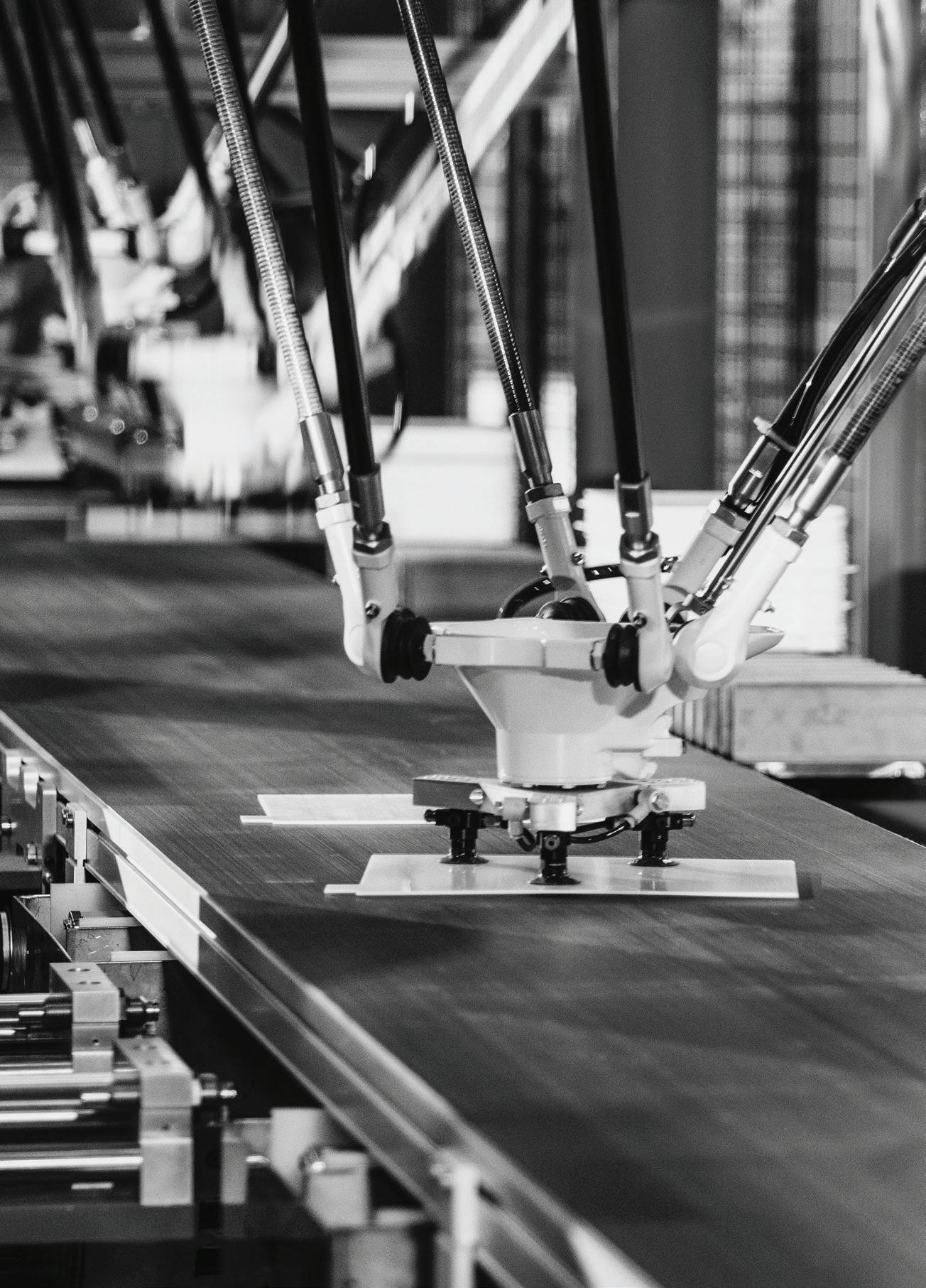
your solution for increased production and productivity from labor shortages

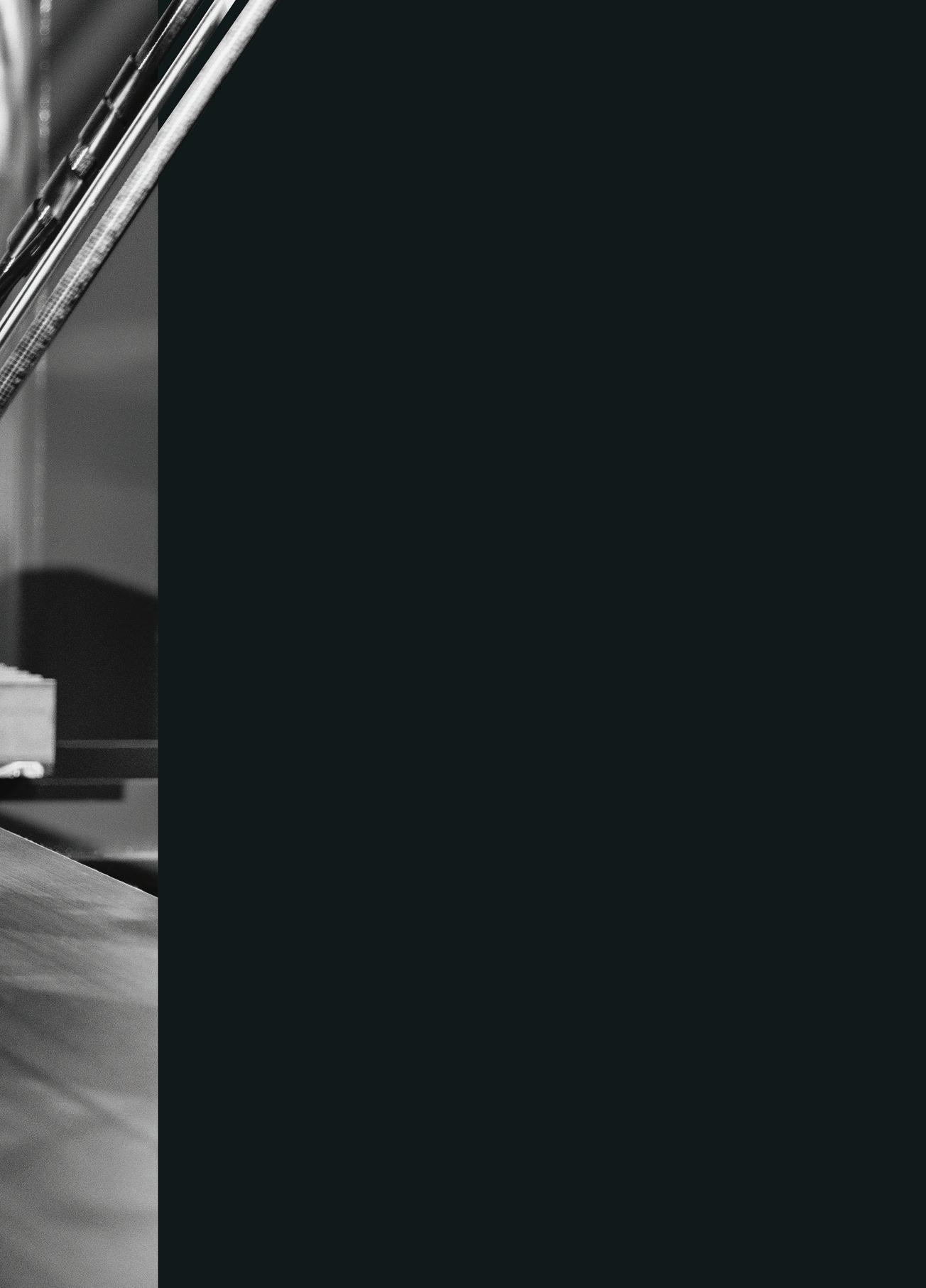
Wirtz is a Fanuc-approved robotic integrator and has supplied multiple automation systems for lead-calcium and pure lead plate-making. Our solutions have aided clients in motorcycle, automotive, and UPS markets with lead handling to additive additions for paste-mixing and palletizing. From high-speed spider robots with vision recognition that identify, sort, and stack plates at warp speed to conventional off-loading of automotive pasting lines, no matter the application Wirtz has the automation.
